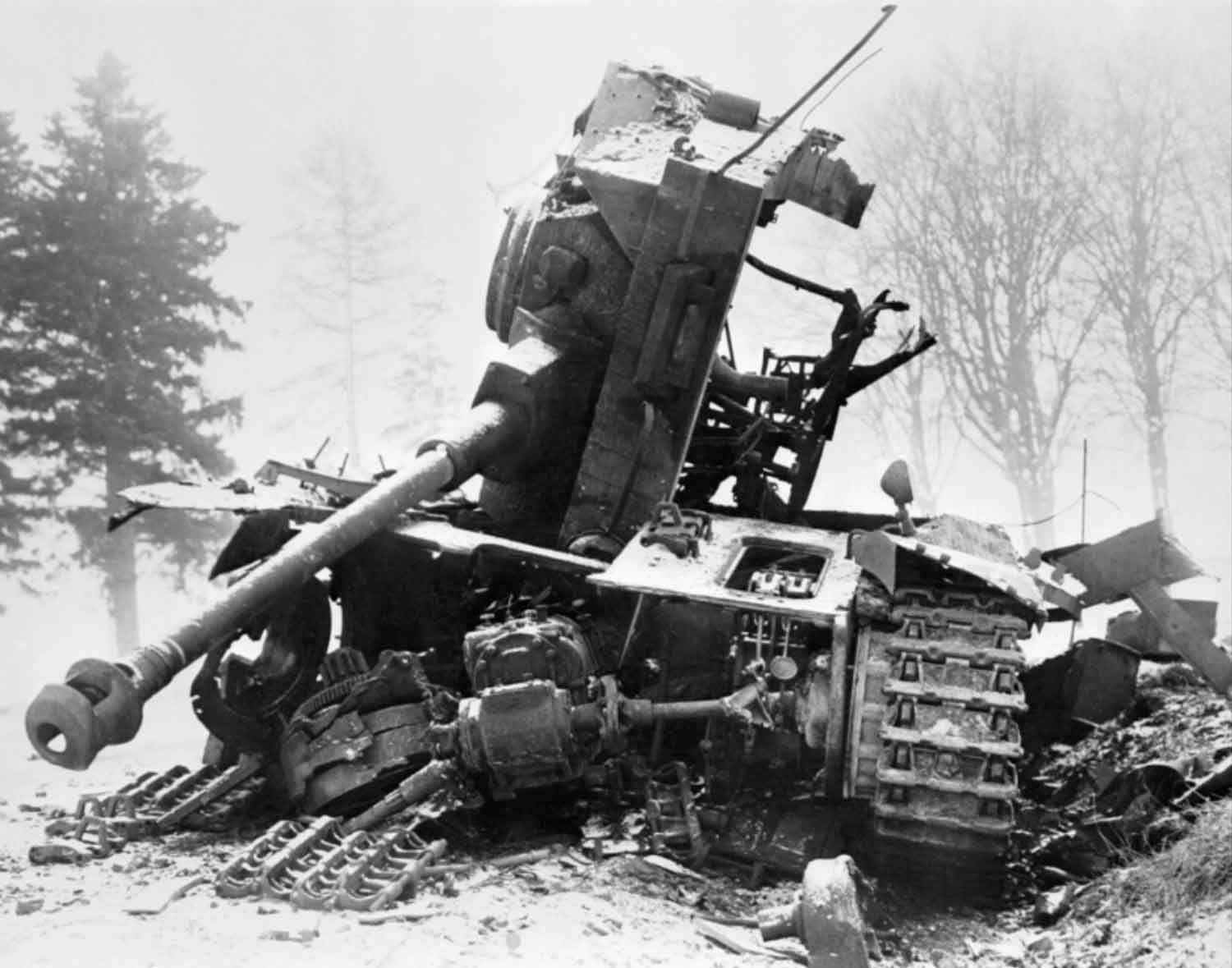


Fierce American resistance on the northern shoulder of the offensive, around Elsenborn Ridge, and in the south, around Bastogne, blocked German access to key roads to the northwest and west that they counted on for success. The Germans attacked a weakly defended section of the Allied line, taking advantage of heavily overcast weather conditions that grounded the Allies' superior air forces. American forces bore the brunt of the attack. The Germans achieved a total surprise attack on the morning of 16 December 1944, due to a combination of Allied overconfidence, preoccupation with Allied offensive plans, and poor aerial reconnaissance due to bad weather. After their defeat, Germany would retreat for the remainder of the war. The Battle of the Bulge remains among the most important battles of the war, as it marked the last major offensive attempted by the Axis Powers on the Western front. By this time, it was palpable to virtually the entire German leadership including Hitler himself that they had no realistic hope of repelling the imminent Soviet invasion of Germany unless the Wehrmacht was able to concentrate the entirety of its remaining forces on the Eastern Front, which in turn required that hostilities on the Western and Italian Fronts be terminated. The Nazi dictator Adolf Hitler, who since December 1941 had assumed direct command of the German army, believed that achieving these objectives would compel the Western Allies to accept a peace treaty in the Axis powers' favor. The primary military objectives were to deny further use of the Belgian Port of Antwerp to the Allies and to split the Allied lines, which potentially could have allowed the Germans to encircle and destroy the four Allied forces. It overlapped with the Alsace Offensive, subsequently the Colmar Pocket, another series of battles launched by the Germans in support of the Ardennes thrust. It was launched through the densely forested Ardennes region between Belgium and Luxembourg. The battle lasted for five weeks from 16 December 1944 to 28 January 1945, towards the end of the war in Europe. The Battle of the Bulge, also known as the Ardennes Offensive, was the last major German offensive campaign on the Western Front during World War II. Map showing the swelling of "the Bulge" as the German offensive progressed creating the nose-like salient during 16–25 December 1944.


 0 kommentar(er)
0 kommentar(er)
